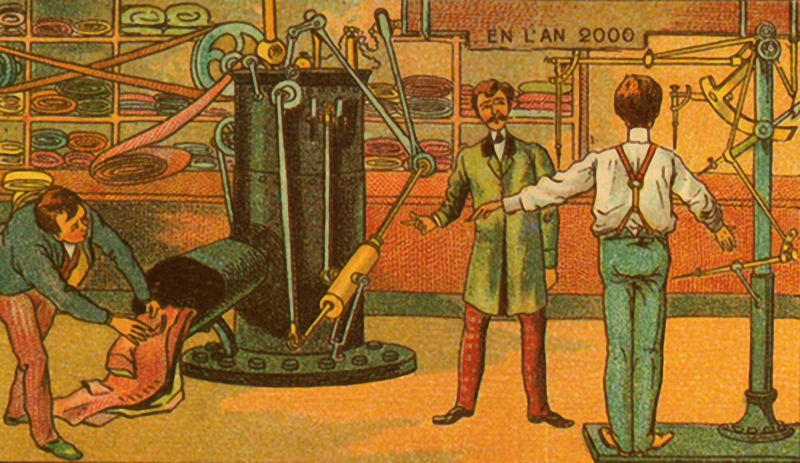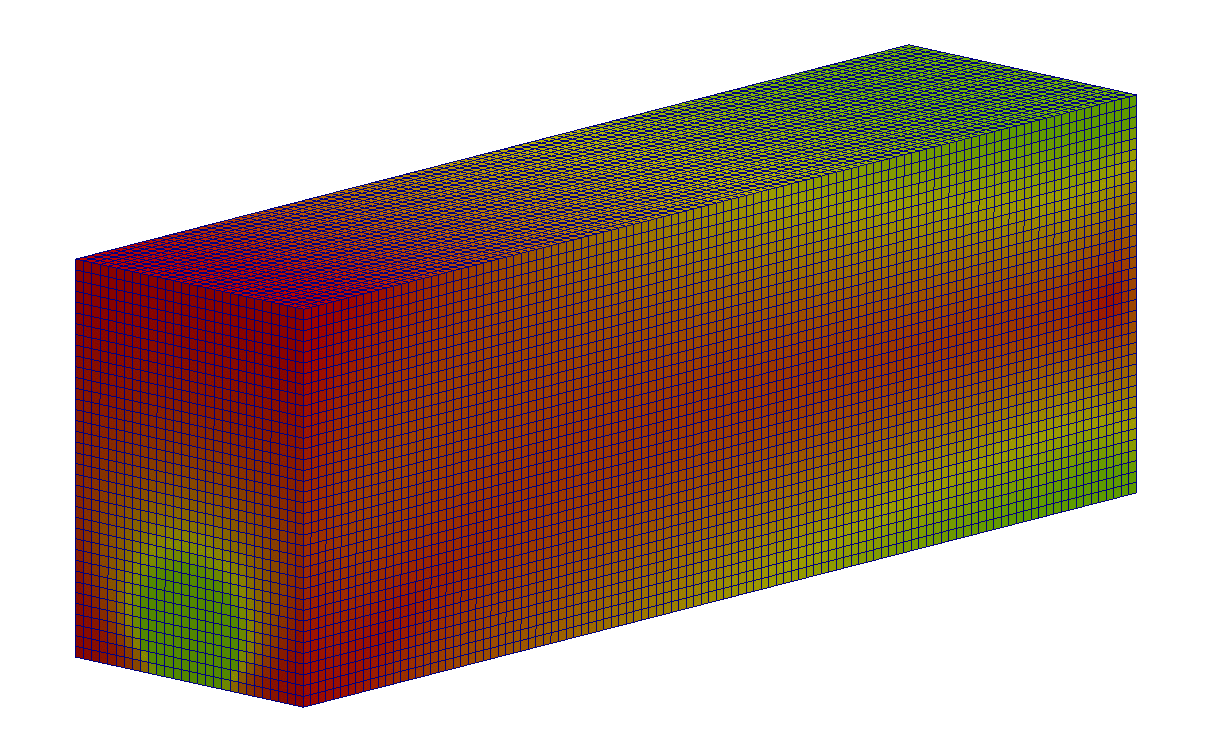
The truck in question is the Freightliner Inspiration, a teched-up version of the Daimler 18-wheeler sold around the world. And according to Daimler, which owns Mercedes-Benz, it will make long-haul road transportation safer, cheaper, and better for the planet.
[…]
Humans Don’t Want These Jobs
Another point in favor of giving robots control is the serious and worsening shortage of humans willing to take the wheel. The lack of qualified drivers has created a “capacity crisis,” according to an October 2014 report by the American Transportation Research Institute. The American Trucking Associations predicts the industry could be short 240,000 drivers by 2022. (There are roughly three million full-time drivers in the US.)
[…]
Killing the Human Driver
The way to handle that growth isn’t to convince more people to become long haul truckers. It’s to reduce, and eventually eliminate, the role of the human. Let the trucks drive themselves, and you can improve safety, meet increased demand, and save time and fuel.
The safety benefits of autonomous features are obvious. The machine doesn’t get tired, stressed, angry, or distracted. And because trucks spend the vast majority of their time on the highway, the tech doesn’t have to clear the toughest hurdle: handling complex urban environments with pedestrians, cyclists, and the like. If you can prove the vehicles are safer, you could make them bigger, and thus more efficient at transporting all the crap we buy on Amazon.
[…]
The end game is eliminating the need for human drivers, at least for highway driving. (An autonomous truck could exit the interstate near the end of its journey, park in a designated lot, and wait for a human to come drive it on surface streets to its destination.)
// Interesting comments
The reason for the driver shortage is partly due to pay and benefits. If you want a driver to be away from his/her family for weeks at a time you have to pay them enough to make it worth the loss of family time. Also partly due to unrealistic expectations for delivery times by dispatchers, which adds a lot of stress to a job that already has enough of that already. So yeah I can see where companies would love a driverless semi because it would eliminate them having to consider the human/personal considerations. I haul fuel locally so not much chance of this technology replacing me, but I hate to see more jobs lost.
–
There are 3.5 million truck drivers in US alone, not to mention countless other transportation related jobs. Those are mostly average to decent paying jobs. Think for a second about the far reaching consequences of elimination of these jobs and secondary jobs that are also related. Further we are looking at elimination most any human-related job in the next 25 years. Do you truly feel it is a good-progress? Is it humane and progressive to live in a world where less than one 0.1% of people enslaves the rest?
Ferguson or Baltimore is not a fluke…it’s not just about racial tension. It is a fabric of our society starting to tear. Where people feel powerless and disenfranchised, the only option to be heard thats left is often violence. Whats happening there is just a beginning of what is about to come next.
–
One thing that has always bothered me is they always say “A truck can’t stop as fast as as a car can”, and yet we accept that excuse for a ratio of tires, weight, and lives lost due to inadequate breaking. Everything has improved, but we have stopped making progress in trying to stop a loaded truck faster.
Imagine telling the public the truth. It’s too expensive to add tires to cut breaking distance, or haul lighter loads. (or use trains).
Ref: The World’s First Self-Driving Semi-Truck Hits the Road – Wired

